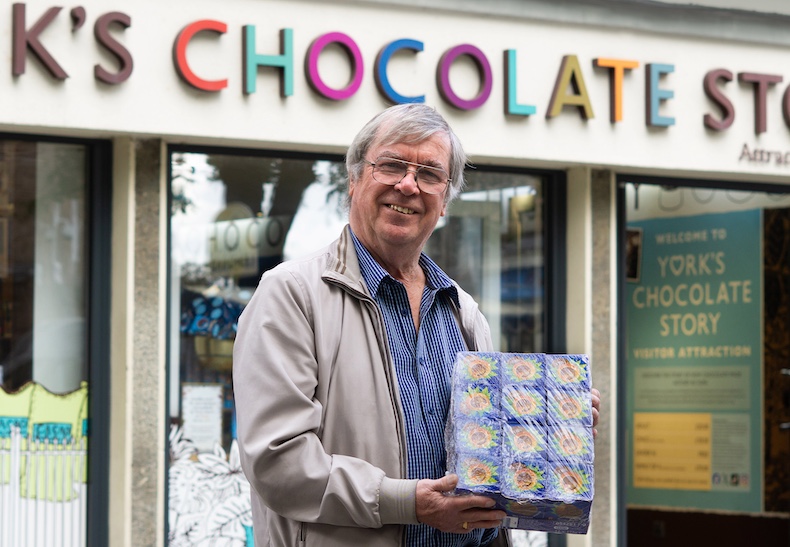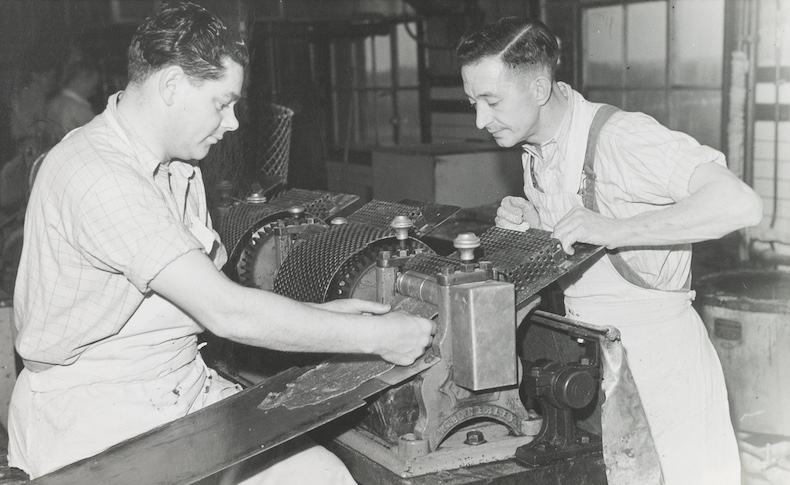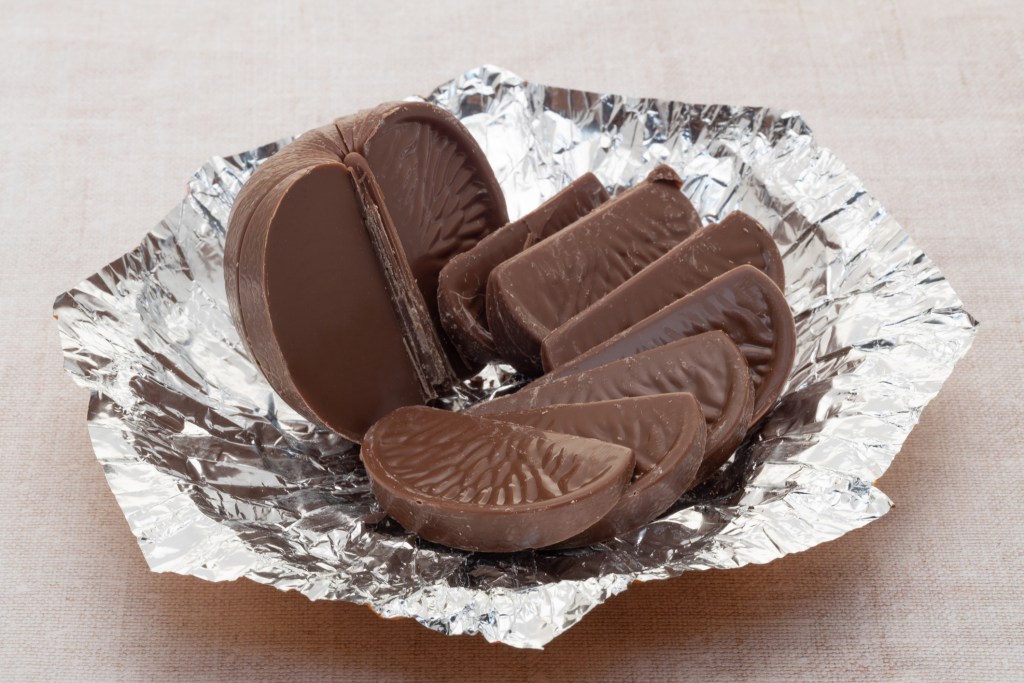Last week an exhibition opened at York Castle Museum called ‘Sugar, Skill and Shiftwork: York’s Confectionery Workers’ (until September 2026). The show celebrates the city’s longstanding ties to the sweets industry and has been timed to mark the centenary of the death of Joseph Rowntree, a man who, on top of his well-publicised and widespread philanthropic work, invented a host of tasty treats, including Fruit Pastilles, Fruit Gums and the concept of the chocolate selection box.
The year after Rowntree died, the company Terry’s founded the Chocolate Works on the other side of York, and a few years later began producing the mighty Terry’s Chocolate Orange. There are several exhibits in the York Castle Museum show about the Chocolate Works, which shut its doors for good in 2005, but Rakewell’s interest was piqued by a story this week that demonstrates how the historic factory is still making its presence felt. A man named Ian Bradshaw, who worked at the Terry’s factory until its closure, has decided to donate 12 unopened Terry’s Chocolate Oranges – which he took home from the factory on the very last day of its existence – to York’s Chocolate Story, a small museum in the city centre.

Your correspondent wonders whether the move was pre-planned and motivated by a genuine commitment to cultural heritage or whether Bradshaw was merely clearing out his kitchen cupboards. Moreover, what will happen to the chocolate? Presumably some of it will be exhibited unopened: as collectors of Star Wars figurines will know, the value of an item plummets as soon as the seal is broken. But might a museum worker be tempted to snaffle some? Many would baulk at the idea of eating two-decade-old chocolate, but people have gone further than that: videos of military history buffs ‘unboxing’ Second World War rations have become something of a trend on social media, with some featuring brave YouTubers tasting instant coffee, crackers or powdered eggs, and even smoking the Chesterfields that are found in some packets. Roman-era ‘bog butter’, preserved in peat bogs mostly in Ireland and Scotland, is regularly unearthed and is thought to be edible, though perhaps not very tasty (the National Museum of Ireland has an excellent example in its collection). Archaeologists have even found 3,000-year-old honey in Egyptian tombs that is apparently good enough to eat thanks to honey’s natural preservatives – though it’s not clear whether or not the archaeologists put their honey where their mouth is.
York’s status as the nation’s chocolate capital is not quite dead but it has certainly diminished in recent years, with the closure of the original Rowntree’s factory on Haxby Road in 2006 another nail in its coffin. Terry’s Chocolate Orange is now produced in Strasbourg, which seems a shame given how quintessentially British the product is – especially to those of us who regularly rewatch the glorious adverts of the early noughties starring Dawn French (‘It’s not Terry’s, it’s mine’). Then again, perhaps we should just be grateful that it hasn’t been renamed Thierry’s.


